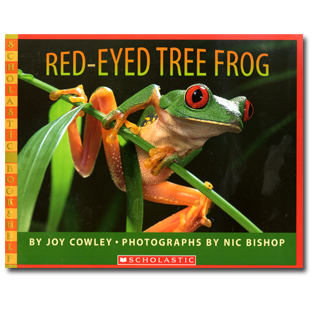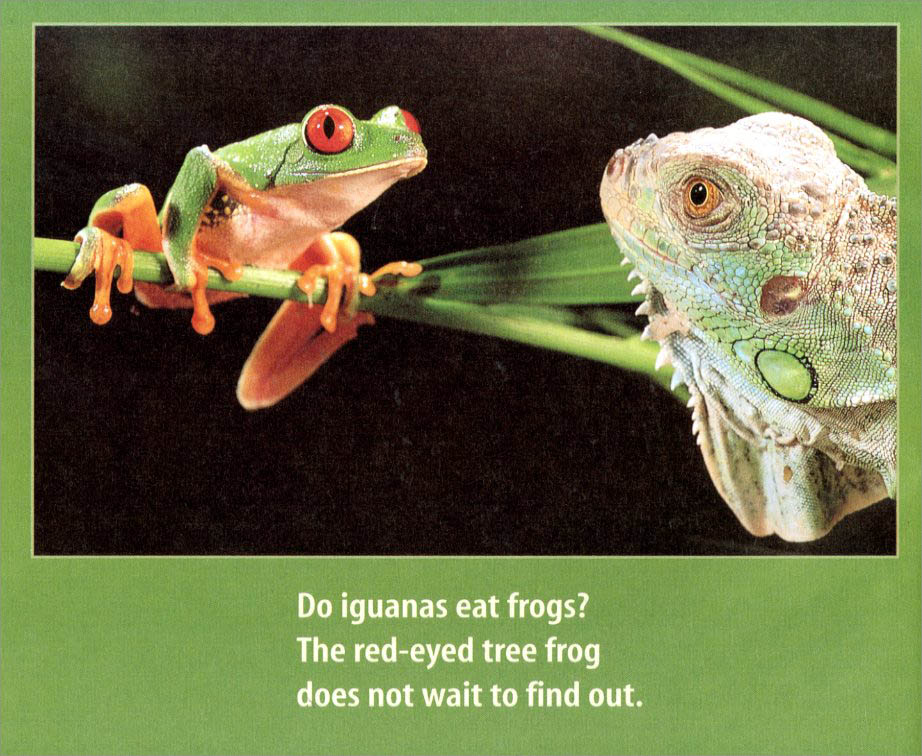
A FEW OTHER EVENTS FOR
APRIL 29:
- Happy birthday Jill Paton Walsh (The Green Book, The Emperor’s Winding Sheet), Ron Roy (A to Z Mysteries series), and Nicole Rubel (Rotten Ralph).
- In 1968 the musical Hair opens on Broadway. Read Crazy Hair by Neil Gaiman, illustrated by Dave McKean, Crazy Hair Day by Barney Saltzberg, This Is My Hair by Todd Parr, Hair Dance by Dinah Johnson, photographs by Kelly Johnson, and The Hair of Zoe Fleefenbacher Goes To School by Laurie Halse Anderson, illustrated by Ard Hoyt.
- On an unrelated note, it’s National Hairball Awareness Day. Read My Life as a Human Hairball by Bill Myers.
April 29 has been designated Save the Frogs Day, a day of amphibian education. Although there will be an event in Washington, D.C., the third annual Save the Frogs Day organizers encourage people to recognize the day in their own communities. Their website contains lesson plans and activities that can be adapted by teachers and parents to help children become aware that frogs are disappearing in great numbers.
There are, of course, a plethora a great books on conservation and ecology for children. For young children ages two through eight I would begin with a book published in 1999: Joy Cowley’s Red-Eyed Tree Frog with photographs by Nic Bishop. In the simplest of language, the author brings us into the text, “Evening comes to the rain forest.” Then we are treated to brilliant photos of rain forest birds like the macaw and toucan before we meet the hero of the book, the sleepy red-eyed tree frog. Set against a red leaf that really make his eyes pop, the tree frog looks like a movie star, so brilliant are his colors and features. As he hunts for food, he encounters other fascinating creatures of the rain forest—the iguana, katydid, poisonous caterpillar, and boa constrictor. All have been displayed in breathtaking color photographs that show their markings and movements. Readers watch the snake’s tongue flick out of its mouth as our hero leaps away. Finally, landing on a leaf with a moth, the red-eyed tree frog enjoys his dinner and shuts his eyes, “as morning comes to the rain forest.”
With endnotes that round out the story, the book presents an ecological community to the youngest of viewers in simple words and images. The red-eyed tree frog jumps, leaps, and hops through the story. Cowley’s text, spare and simple, leaves room for Nic Bishop to employ all his strengths as a photographer. Bishop roamed the rain forests with a camera and lots of high-speed film to record the inhabitants in all their glory.
Winner of a Boston Globe–Horn Book Award, this book works well with readers of all ages and those speak English as a second language because the story is perfectly told through the pictures. If you have a hankering for cute stuffed toys, you can find several varieties of red-eyed tree frogs! After reading and rereading this book, I, as well as many others, would be willing to go any length to save this frog. That, of course, is what truly great books about the natural world do—they make children and adults care about the diverse creatures on this planet.
Here’s a page from Red-Eyed Tree Frog:
Originally posted April 29, 2011. Updated for .














Nic Bishop is one of the best, you can never go wrong with any of his books!
This book is always a hit in storytime.
What I love about this book is that it is so realistic. I feel like I can touch the moth’s wings.
Every time I read this book, I am amazed by how much narrative has been packed into so few words! For those of us who struggle to whittle down our picture book manuscripts, this book is an inspiration! I also completely agree with your comment on good books about the natural world helping readers to care about it. A very worthy aspiration!